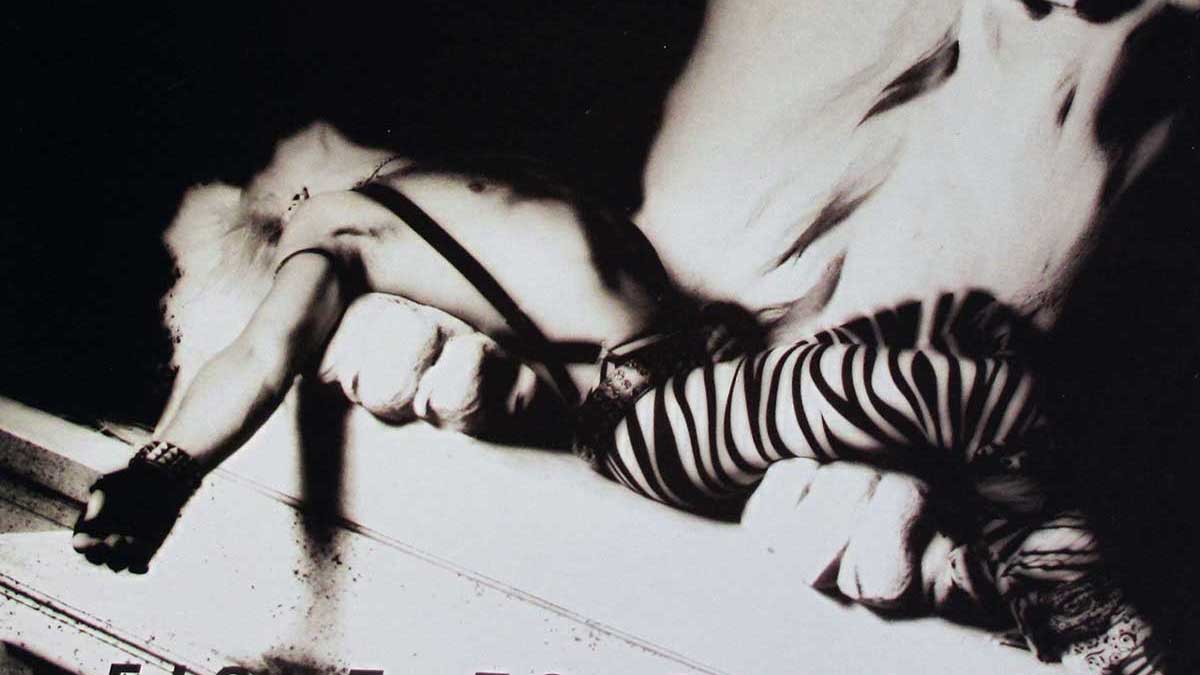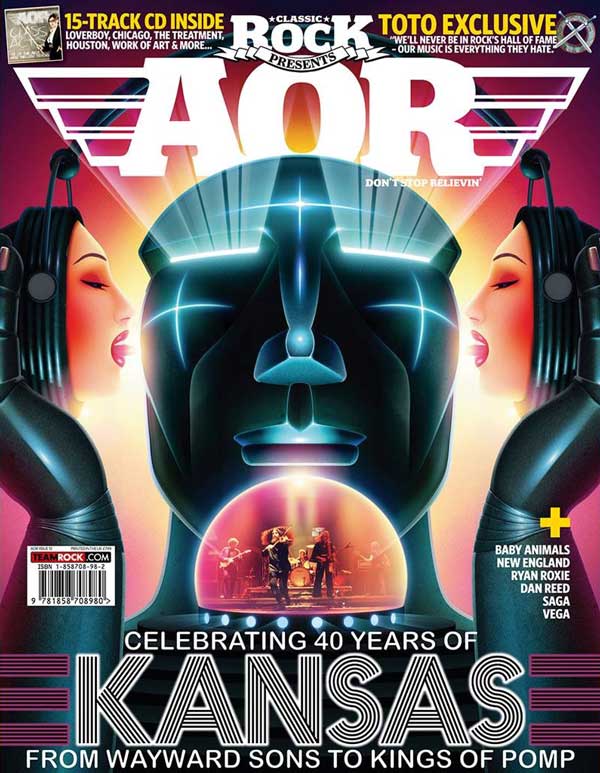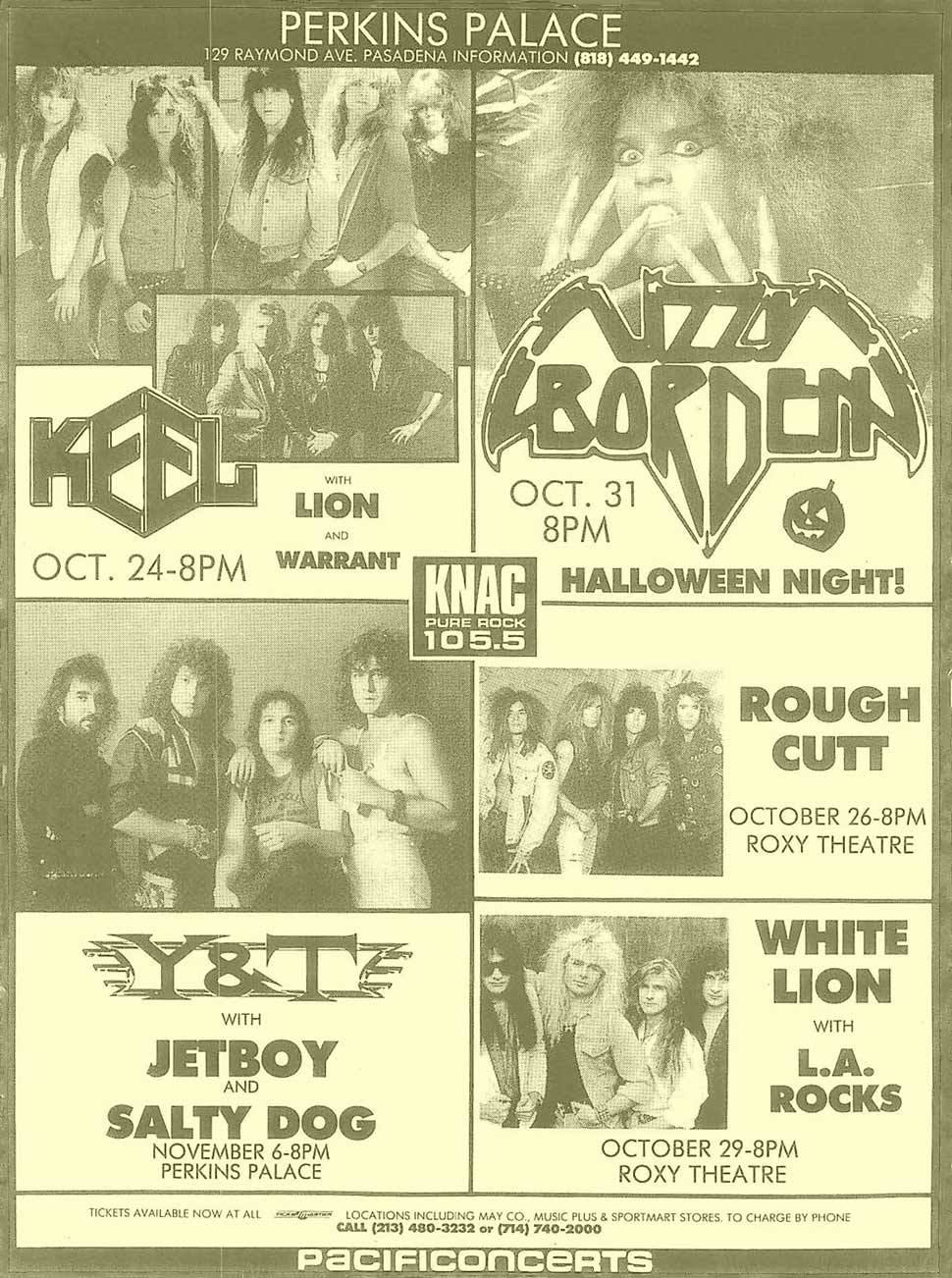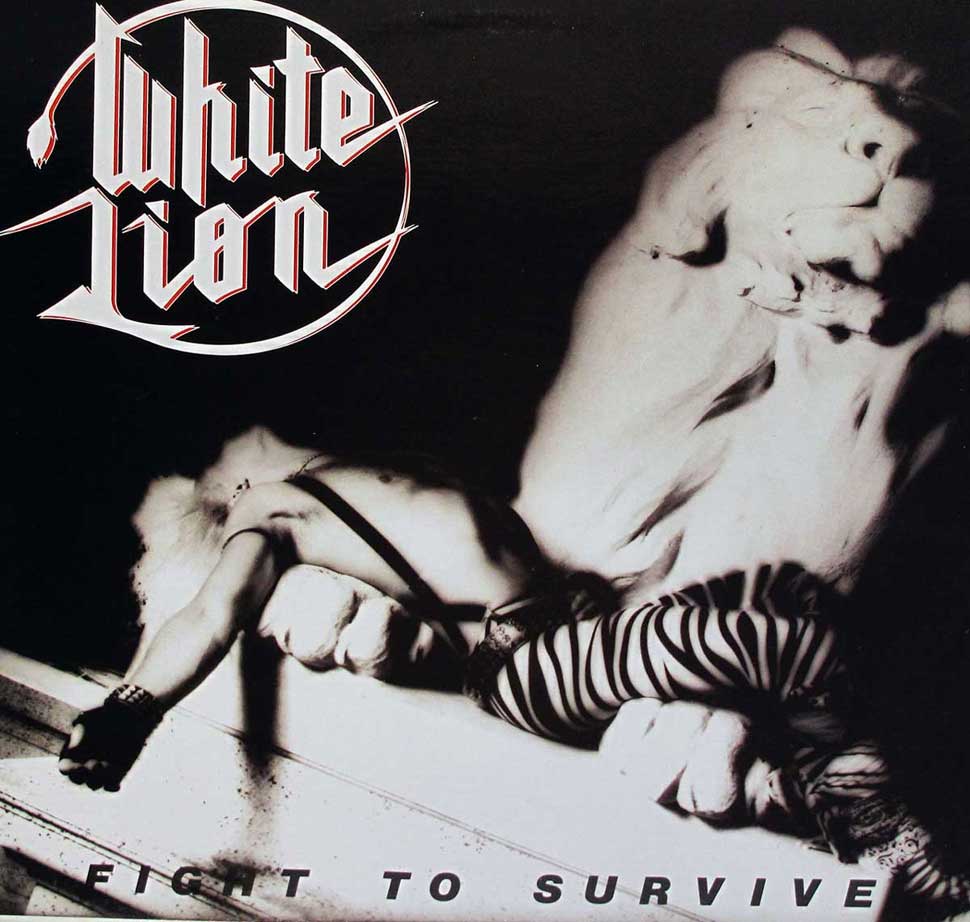
White Lion’s stunning Fight To Survive was originally recorded in February 1984. It was a record that really sounded like no other before or since.
Sure, it had Bonham-esque drums and Van Halen-style power chords. But it was also dark, heavy and topped with the distinctive hint-of-an-accent vocals of a Danish-born frontman who only a few years before had been a member of a hugely successful pop band back home in his native Copenhagen. However, due to record label shenanigans, Fight To Survive wouldn’t hit the racks until November 1985 as a Japanese import, after the quartet had lost a mega-bucks deal with Elektra.
White Lion’s charismatic singer Mike Tramp (real name Michael Trempenau) had first been thrust into the limelight at the age of 15 as a member of the Danish teen pop band Mabel. Huge stars throughout Scandinavia and Spain, the group fleetingly came to the attention of UK audiences thanks to being Denmark’s entry in the Eurovision Song Contest in 1978 with Boom Boom (coming 16th out of 20 entries and awarded ‘nul points’ by the UK).
However, by the time the 80s dawned, and by now living as tax exiles in Spain, Tramp and cohorts began to set their sights on the USA. As Mabel morphed into the harder-edged Studs (releasing a rare, self-titled album through the Hispavox label in 1981), an opportunity to chaperone Van Halen’s David Lee Roth around Madrid made Tramp’s mind up and the group moved to New York in July 1982, adopting the new moniker of Lion along the way.

It was in the Big Apple that the Dane encountered guitarist Vito Bratta, whose band Dreamer played a local club with Tramp and friends as support. Finding a kindred spirit in the Italian-American axe-slinger, Tramp chose to put together a new incarnation of Lion (soon to be renamed White Lion) with Bratta.
Tramp recalls entering a studio in New York on May 24, 1983 with Brazilian composer and producer Eumir Deodato – who allegedly bailed from the session after a couple of hours – to record White Lion’s first demo and “walking out at 8am the next morning with four songs on tape”. He and Bratta had been joined by bassist Bruce Terkildsen and drummer Michael Clayton Arbeeny (the latter eventually going on to greater things with Tyketto).
This rhythm team had departed when Tramp and Bratta cut a second tape in August (Mike states this was the true birth of the Tramp/Bratta songwriting alliance) and it became a source of frustration for the duo that they found difficulty in finding the perfect band dynamic.
“We had a hard time to find the right rhythm section,” notes Tramp. “It wasn’t just about the ability to play but also about image. When we auditioned we were getting construction workers and pizza makers. None were right. Eventually we got Nicky Capozzi [a former member of local hard rock outfits Storm and Cities]. He was a friend of Vito’s. Nicky was a great drummer. We got him to go with ‘the look’ and he had an enormous impact on our sound.
“After we’d found Nicky we got a connection to Felix Robinson [the bassist had answered a music paper advertisement placed by the trio]. Vito and I were Angel fans, but a lot of years had gone by since the days of [Angel’s fourth album] White Hot. He was a different kind of guy. When we played together we knew we hadn’t gotten exactly what we had wanted, but we needed to progress and we had to get out and play.”

By this point White Lion had acquired new management in Michael and George Parente, who co-owned the L’Amour rock club in Brooklyn.
“They were straight-to-the-point guys, right out of The Sopranos,” Tramp recalls. “They said they wanted to work with us. It was the right thing for us to do. They added Richard Sanders and Bill Franzblau on the business side and we were able to build a rehearsal room underneath the club. That was the home for White Lion – a whole book could be written about what went on in that room.”
Despite developing a reputation as a hot-ticket live act on the New York club scene, record company interest wasn’t particularly forthcoming. “We couldn’t get a record contract anywhere, but Richard Sanders also managed Peter Hauke [who produced ex-Rainbow keysman Tony Carey and his Planet P Project]. Peter owned Hotline recording studios in Frankfurt.
"I remember standing in the airport in February 1984, being given a bag of money, signing a contract and being sent to Germany, where we worked for a month. It was a great environment; we were able to work with no interference or distractions. It was swift. We’d written and rehearsed at Nicky’s house, so it was about getting the songs down.
“Whenever I talk about White Lion I say that [second album] Pride is the definitive White Lion album, as it was that record where Vito and I really gelled as songwriters. But what you have to remember is that Fight To Survive was recorded at a time when we were listening to Ozzy, Def Leppard, Judas Priest, Dio and Iron Maiden. Vito was more a disciple of Randy Rhoads than Eddie Van Halen, and Nicky was a huge Rush fan. Broken Heart aside, we were putting together some dark and heavy stuff.”
Indeed they were, although El Salvador had interesting origins, having been written by Tramp in Spain back in 1980 and inspired lyrically by Kim Wilde’s Cambodia.
“It was a Lion song that Vito took and turned into Iron Maiden,” Tramp laughs. “Anyway, we came back with the finished album and three weeks went by before we signed a massive deal with Elektra. Although it was the president, Bob Krasnow, who signed us, one of the other main guys, Mike Bone [executive VP of marketing] didn’t like us.
"Still, we started preparing to do press and we did a photo shoot for hours in New York City. Towards the end of the session, with dawn breaking, I crawled up on the lion outside the Public Library and lay back David Lee Roth style. Two weeks later the artwork came back and a few jaws dropped that they used the photo they did.”
But as they waited for the album’s release, and just played what they believed to be their final show at L’Amour before heading out further afield on tour to promote Fight To Survive, a bomb was dropped on White Lion.
“We were never given a reason as to why we were dropped,” states Tramp, of the group’s enforced exit from Elektra. “We had a deal one day and it was gone the next, but we still had the money in the bank. All I’ve ever figured is that Shout At The Devil-era Mötley Crüe were signed to Elektra, as were Dokken, and that maybe we were too close to both image-wise for the record company to deal with. Richard eventually licensed the album to JVC Victor in Japan and it came out a year later.”
By the time Fight To Survive was released, White Lion had long split from both Robinson and Capozzi. Bassist Robinson had departed within a month of the group returning from Frankfurt and, according to Tramp, was fired having played a mere two shows. Robinson, however, begs to differ, telling me a few years ago that he quit, had played a greater part in writing and arranging the songs than he was given credit for, and that he also had concerns over the band’s management.
“It would be hard for us to say we were ripped off. The management didn’t do anything wrong,” Tramp argues.
Robinson was somewhat older than his fellow bandmates, and concedes that he had a different outlook on things at that time in his life, so it was probably inevitable that a split would have occurred at some point anyway. Tramp says now: “We didn’t have long enough together but when we were in Frankfurt on the album it was really great to work with Felix.”

Dave ‘The Beast’ Spitz (brother of Anthrax guitarist Danny and an ex-member of fellow New York hard rock outfit Americade) was recruited in Robinson’s place and (after ex-Angel drummer Barry Brandt was mentioned for the role – “He never showed up,” says Tramp) former Anthrax drummer Greg D’Angelo replaced a ‘retiring’ Capozzi.
Although the new men were pictured on the back cover of the album, neither of them, of course, had played a note on it. Spitz wouldn’t hang around for long anyway, enticed by an offer to join Black Sabbath. Former Tyketto bassist James LoMenzo came in (after the group had worked briefly with Bruno Ravel) and although Tramp acknowledges it was a real struggle for survival at times, Fight To Survive gained them a foothold.
With worldwide interest gathering, and having built up a following on the east coast, a deal with Atlantic was secured after a “fucking killer” gig at Hammerjacks in Baltimore. Atlantic (ironically a sister label under the Warner Music umbrella to Elektra) released Pride in 1987.
The rest, as they say, is history.
The original version of this feature appeared in Classic Rock Presents AOR 12, published in September 2014. Fight To Survive was issued as a deluxe edition by Rock Candy the same year.







